I stepped into Turin’s Egyptian Museum on a crisp morning last week, completely unaware that I’d lose myself for nearly three hours among ancient treasures. The museum houses over 37,000 artifacts, making it one of the oldest and most extensive Egyptian collections in the world outside of Cairo.
If you’re planning to visit Turin and have more than one day in the city, the Egyptian Museum is absolutely worth your time. But be sure to set aside at least two hours to appreciate its wonders.
Walking through the well-organized exhibits, I found the audio guide (provided by the museum) incredibly helpful in understanding the significance of each piece. The guided tour lasted about an hour and twenty minutes, but I ended up staying much longer, mesmerized by everything from towering statues to delicate papyrus scrolls.
The museum’s layout is thoughtfully designed, making it easy to navigate without getting lost despite its size.
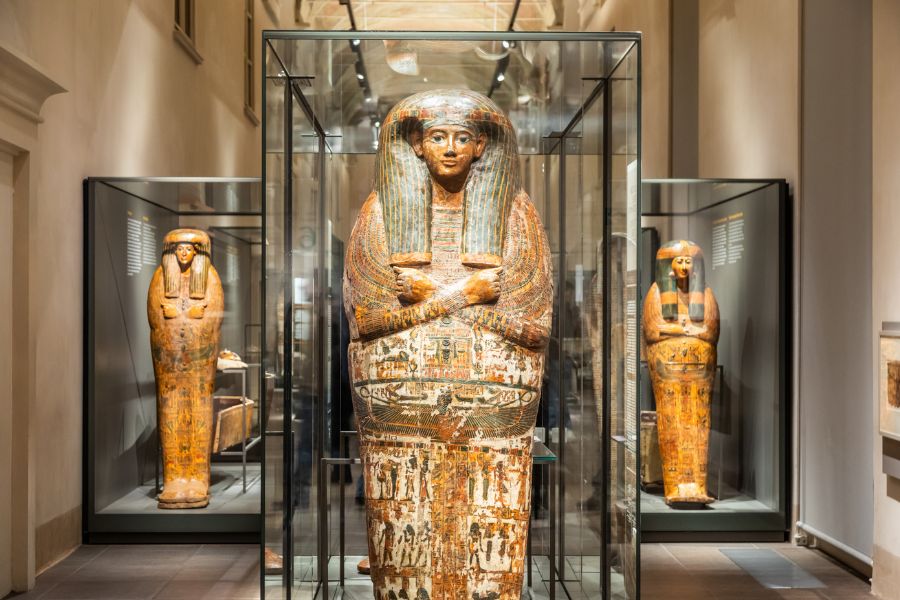
What struck me most was how accessible the collection is to visitors of all knowledge levels. You don’t need to be an Egyptology expert to appreciate the magnificence of the artifacts or understand their historical context. Whether you choose a fully guided experience with an expert or prefer to explore at your own pace, the museum offers a fascinating journey through one of history’s most captivating civilizations.
The Enchantment Begins at Piazza Castello
My journey to Turin’s Egyptian Museum started at the magnificent Piazza Castello, the beating heart of this elegant Italian city. This historic square serves as both a stunning introduction to Turin’s royal past and a perfect starting point for exploring its cultural treasures.
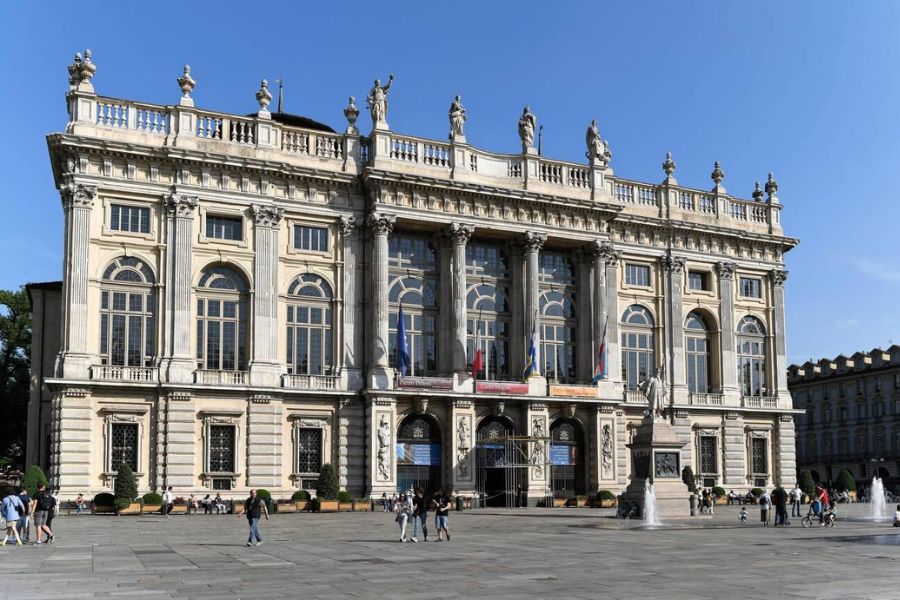
First Glimpse: Reaching the Heart of Turin
I emerged from Turin’s efficient metro system into the dazzling openness of Piazza Castello on a bright spring morning. The square sprawled before me in all its Baroque glory, with the impressive facade of Palazzo Madama commanding attention at its center.
People strolled leisurely across the cobblestones, some heading to cafés while others snapped photos of the royal buildings. The piazza acts as Turin’s living room – a place where locals and tourists alike gather to soak in the atmosphere.
Finding the Egyptian Museum from here was simple. Clear signs pointed me toward Via Accademia delle Scienze, just a short five-minute walk from the square’s southwest corner.
Historical Significance of the Piazza
Piazza Castello has witnessed over 2,000 years of Turin’s history. Named for the castle-like Palazzo Madama at its center, this square has served as Turin’s political and cultural hub since Roman times.
The Royal Palace stands proudly at the northern edge, its imposing facade a reminder of Turin’s status as Italy’s first capital. This UNESCO World Heritage site housed the Savoy royal family for centuries.
What struck me most was how the piazza connects Turin’s main attractions. The Royal Library, Royal Theater, and Royal Armory all border this magnificent square.
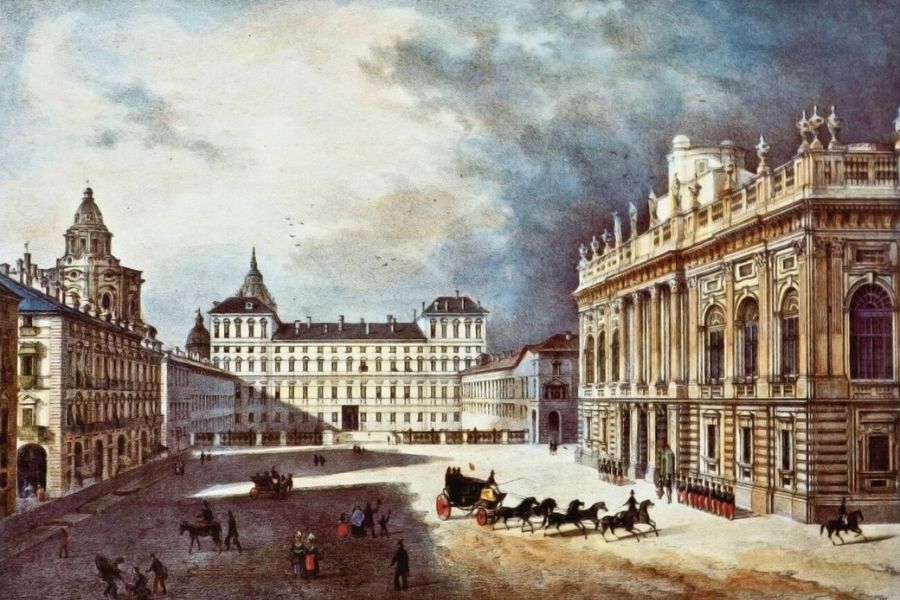
From here, the Egyptian Museum is just a stone’s throw away – making Piazza Castello the perfect starting point for a cultural day in Turin.
Exploring the Royal Palace
Before diving into the Egyptian treasures, I spent time wandering through Turin’s magnificent Royal Palace. This stunning historic site sits adjacent to the museum and offers visitors a glimpse into Italy’s royal heritage.
Architectural Marvels: A Tour
The Royal Palace took my breath away with its grand façade and elaborate interior design. Built for the House of Savoy, every room showcases different architectural styles that span centuries. The ornate ceiling frescoes caught my eye immediately, painted by some of Italy’s finest artists.
Walking through the Royal Apartments, I found myself surrounded by original furniture, tapestries, and artwork. The Throne Room stands as the most impressive space, with its red velvet details and gold accents creating a truly regal atmosphere.
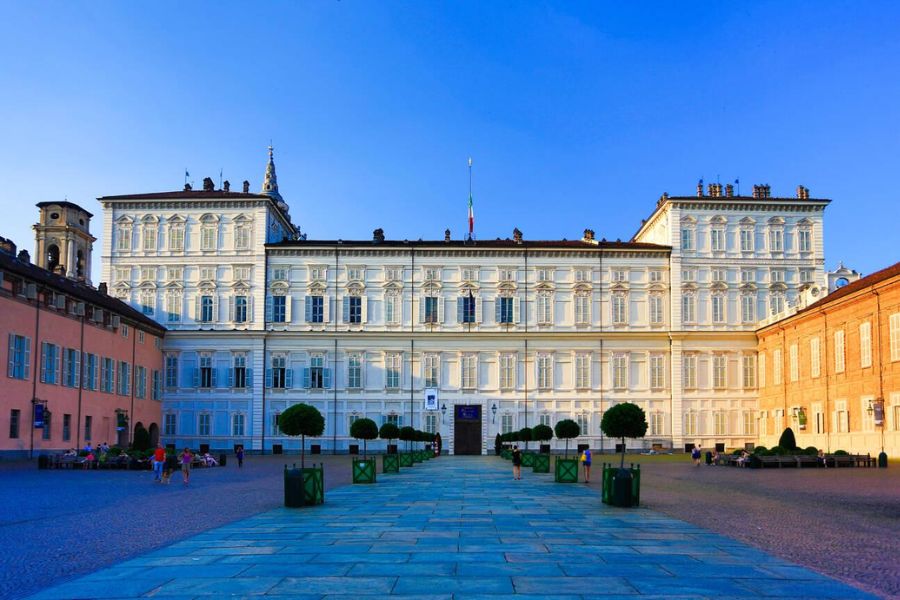
The palace gardens provide a peaceful retreat from the busy museum crowds. Designed in the classical Italian style, they feature geometric patterns and beautiful sculptures.
Connecting with Italy’s Regal Past
Standing in rooms where kings and queens once lived brought history to life in a way no textbook could. The palace preserves the legacy of the Savoy dynasty, who ruled this region for centuries before Italian unification.
The armory collection amazed me with its extensive display of weapons and armor. Some pieces date back to the 16th century, showing the craftsmanship of medieval artisans.
Museum staff explained how the royal family’s fascination with Egyptian culture actually sparked the museum’s creation, as they funded many of the early archaeological expeditions.
For the best experience, I recommend taking the guided tour. My guide shared fascinating stories about court life and the political decisions made within these walls.
A Journey Through Time: The Egyptian Museum
The Egyptian Museum in Turin holds the second-largest collection of Egyptian artifacts in the world, taking visitors on an incredible journey through thousands of years of ancient civilization. The museum’s carefully organized exhibits create a chronological pathway through Egypt’s rich history.
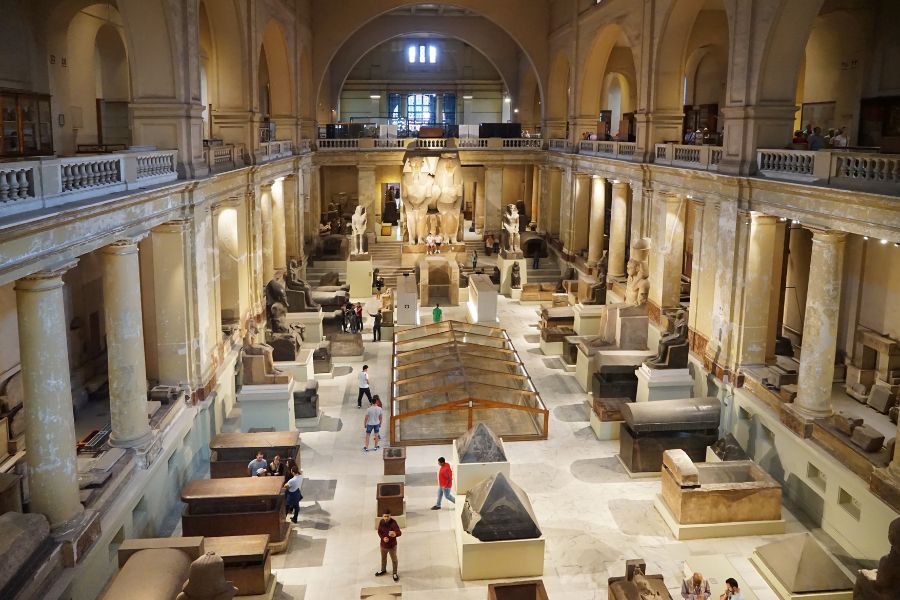
Unearthing Treasures: An Introduction to Egyptian Art
Walking into the museum, I was immediately struck by the sheer volume of treasures on display. The collection includes over 30,000 artifacts spanning 4,000 years of Egyptian history!
The museum’s layout guides visitors through different periods of Egyptian art, from predynastic figurines to elaborate New Kingdom sculptures. I found myself mesmerized by the evolution of artistic styles and the incredible preservation of colors on some pieces.
What impressed me most was how the museum presents Egyptian art in context. Rather than displaying isolated objects, exhibits show how artistic elements connected to daily life, religious beliefs, and political power.
Pro tip: The audio guide provides fascinating insights about artistic techniques and symbolism that might otherwise go unnoticed.
Highlights and Must-Sees of the Collection
The star attraction is undoubtedly the Temple of Ellesyia, a complete temple donated by Egypt when it was threatened by the Aswan Dam construction. Standing inside this ancient sacred space gave me goosebumps!
Other must-see treasures include:
- The spectacularly preserved Tomb of Kha and Merit
- The imposing statue of Ramses II
- The Book of the Dead papyrus scrolls with vibrant illustrations
- The ancient mummy collection with detailed examination findings
I spent nearly an hour examining the jewelry collection, marveling at the intricate goldwork created thousands of years ago. The craftsmanship rivals anything produced today.
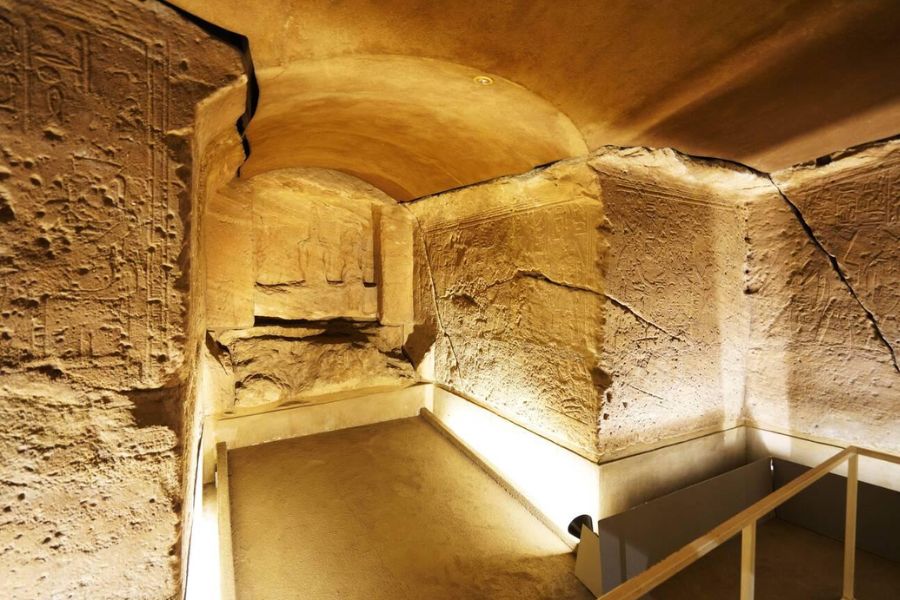
For those short on time, the museum offers a “highlights” route marked throughout the building. This guided path ensures you see the most significant pieces even during a brief visit.
Architectural Masterpieces of Turin
Turin’s architectural landscape took my breath away as I wandered through the city. The elegant buildings and grand piazzas tell stories of the city’s royal past and its importance as Italy’s first capital.
A Showcase of Baroque and Renaissance Styles
Walking through Turin feels like strolling through an open-air museum of architectural styles. I was captivated by the distinctive porticoed walkways that line many streets, providing shelter from rain and sun while showcasing beautiful arched designs.
The Royal Palace stands as a testament to the Savoy dynasty’s power, with its imposing façade and ornate interiors. I spent nearly an hour admiring its symmetrical design and the intricate details of its royal apartments.
Palazzo Madama surprised me with its unique blend of medieval and baroque elements. The front façade, designed by Filippo Juvarra in the 18th century, contrasts dramatically with the building’s medieval rear.
The Mole Antonelliana caught my eye from almost everywhere in the city. Originally intended as a synagogue, this 167-meter tower now houses the National Cinema Museum and offers stunning panoramic views of Turin.
Piazza San Carlo: An Architect’s Dream
Often called Turin’s “drawing room,” Piazza San Carlo became my favorite spot to people-watch and admire perfect architectural harmony. The uniform baroque buildings surrounding the square create a sense of elegant enclosure that made me linger longer than planned.
The twin churches of Santa Cristina and San Carlo Borromeo anchor the southern side of the piazza. These identical façades showcase the baroque style at its finest, with detailed stonework and balanced proportions.
I couldn’t help but notice the central equestrian statue of Emmanuel Philibert, dramatically positioned to command attention in this perfectly proportioned space.
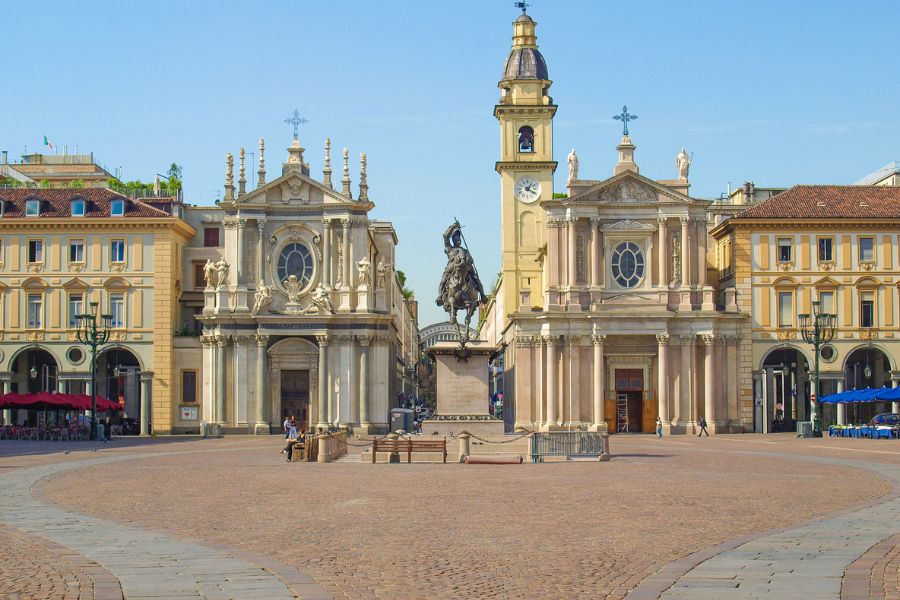
The arcaded walkways surrounding the square host historic cafés where I enjoyed the best cappuccino of my trip while admiring the architectural details above and around me. The consistency of design makes this piazza one of Italy’s most harmonious urban spaces.
Discovering the Holy Shroud
After spending hours among ancient Egyptian treasures, I shifted my focus to another of Turin’s most famous attractions. The Holy Shroud, a linen cloth bearing the image of a man who many believe to be Jesus Christ, draws thousands of pilgrims and curious visitors to this Italian city each year.
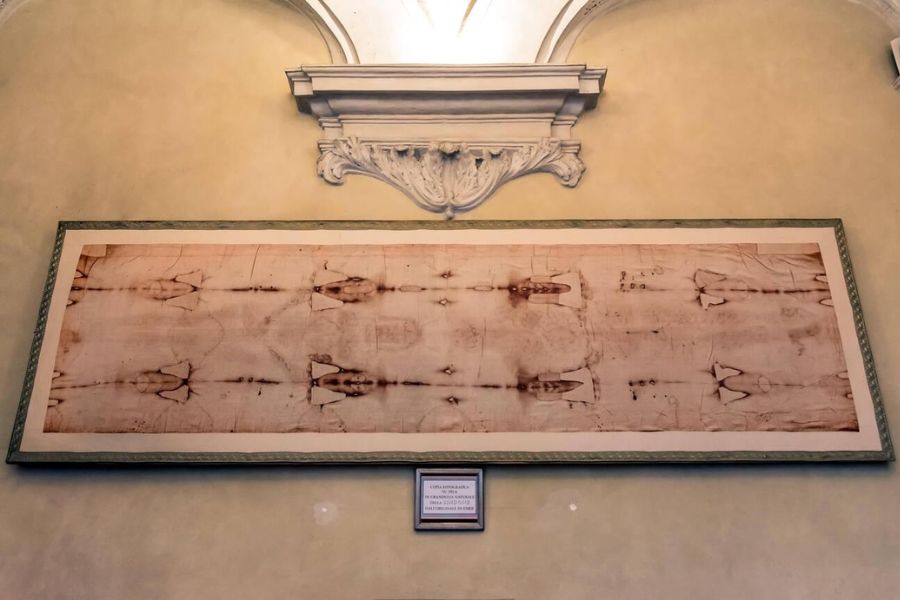
Venturing into the Mystery and History
The Shroud of Turin isn’t displayed at the Egyptian Museum but in the Cathedral of Saint John the Baptist nearby. I made my way there, joining a quiet line of visitors eager to glimpse this controversial religious artifact.
What surprised me most was learning that the Shroud has been in Turin since the late 16th century. The mysterious image on the cloth shows a man with wounds consistent with crucifixion. Many believe it wrapped Christ’s body after his death.
Scientists have studied the Shroud extensively, with some dating it to medieval times while others argue for its authenticity. Standing before the replica (the original is only displayed on special occasions), I found myself pondering these centuries-old questions.
The Significance to Turin and Beyond
The Holy Shroud has transformed Turin into a major pilgrimage site. The city embraces this religious connection. Various shrines and museums are dedicated to explaining the artifact’s significance.
I visited the Museum of the Holy Shroud. Interactive displays there explain the scientific studies conducted over decades. The detailed photographs reveal aspects invisible to the naked eye. These include what appear to be blood stains and unique 3D properties in the image.
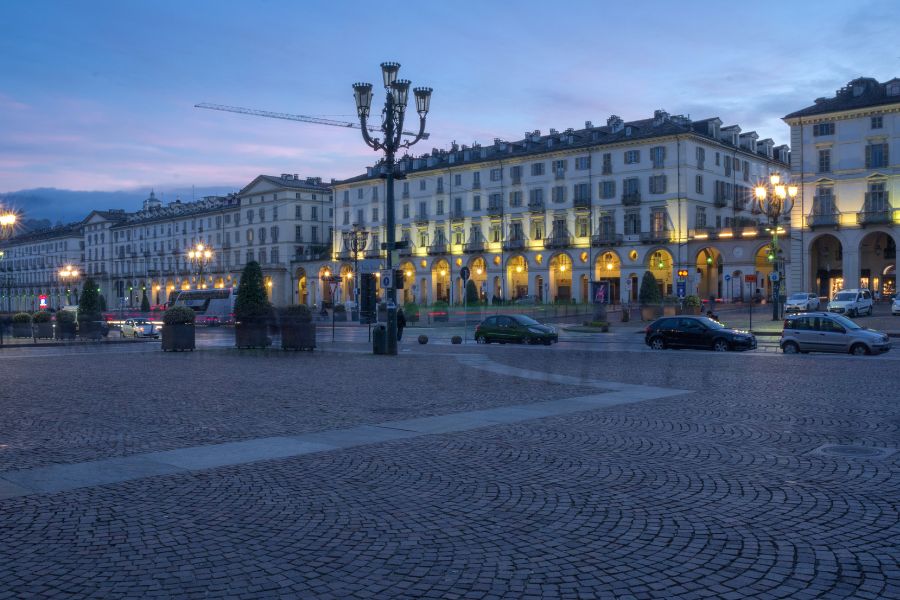
For Turin’s economy and identity, the Shroud represents more than religious significance. It’s become part of the city’s cultural heritage. The Shroud also draws visitors from across Italy and worldwide.
Whether you’re religious or not, the mystery surrounding this cloth creates a powerful experience. I found myself captivated by both the scientific debate and spiritual reverence it inspires.

